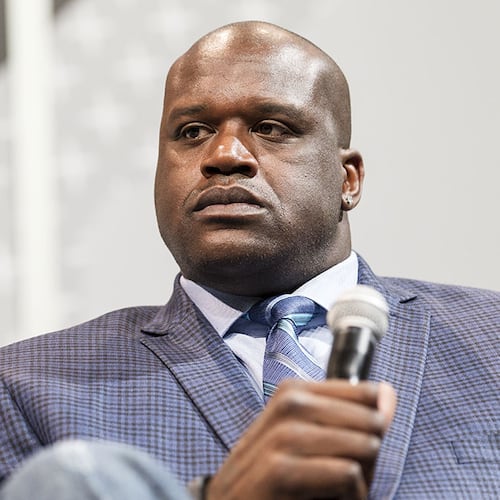Information about the Handwriting without Tears Program: hwtears.com.
It seems that almost everyone has a tidbit to add to the disconcerting discussions about young students and their inability to master handwriting. While many stories of urban-myth status surround the topic, some concerns educators are voicing have a basis in fact.
Denise Donica, an associate professor in the occupational therapy program at East Carolina University, has been dealing with issues around handwriting for years. For the last 10, she has conducted educational workshops around the country for Handwriting without Tears, a program designed to encourage and reinforce the motor skills required to master handwriting. A few weeks ago, Donica worked with pre-K teachers from independent and public schools around Georgia on ways to get youngsters ready to write.
“The program was developed by an occupational therapist in the 1970s because of her own child’s struggle with handwriting,” said Donica. “In the mid-2000s, we added a pre-K curriculum that focuses on printing and cursive through fifth grade.”
Among the key points Georgia educators learned in the workshop was that handwriting is easier if kids begin learning the motor skills as early as possible, both at home and in the classroom.
“One of the primary tips I encourage is to have fine motor activities in the classrooms,” said Donica. “Get objects and toys that are motor-based with levers, knobs and switches. Pull out board games and card games.”
The ubiquity of technology has made learning handwriting’s motor skills more difficult, said Donica. “Nowadays, children are so consumed with technology that they don’t play with the same toys we used to, and their motor skills are delayed. Playing with Play-Doh, stringing macaroni noodles on yarn and picking up coins are hand-strengthening activities. They’re important because handwriting incudes cognitive, motor and perception skills, and without them, students get frustrated when their motor skills don’t allow them to do what they want, whether it’s writing, coloring or drawing.”
Dayna Holbel , a former teacher and current homeschooling parent, participated in the one-day workshop aimed at students in kindergarten through fifth grade. The Morningside mom knew about the program and had tried it with much success on her own kids.
“It was easy to teach, and my kids responded to it very well,” she said. “Now I’m going to start a tutoring business for kids who have difficulty with reading and writing, so the key takeaway that spoke to me as an educator was the hands-on approach. That really works for young kids.”
The program also gave teachers ideas on how to incorporate all kinds of movement into their classrooms. “Music is a big part of that, so we gave them songs with movements they can learn to do,” said Donica. “But I’d still say the best precursor activity they can do is to get the kids coloring. Unfortunately, children aren’t doing as much of that. Even at restaurants, where you used to see kids get a menu and crayons, now you see the child watching a movie on mom’s cellphone. Coloring would be better!”
About the Author
The Latest
Featured

